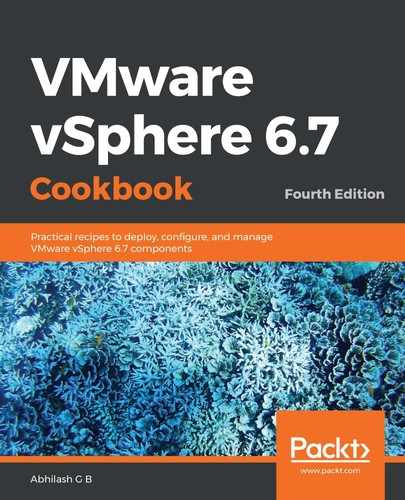Port groups are logical constructs that are used for grouping virtual ports on a vSwitch. The standard vSwitch does not expose individual ports in the user interface to apply policies on. Instead, we are allowed to use a port group to achieve the same. It is interesting to note that there is no set number or limit on the number of virtual ports that a port group can encompass. However, there are per vSwitch and per host limits. The Configuration Maximums guide is the absolute reference to understand these configuration limits and can be found at https://configmax.vmware.com.
The ports are added under the umbrella of a port group as you connect more and more vNICs to it. Since vSphere 5.5, there is no set number of ports on a vSwitch. If you were to view the same vSwitch properties, then the number of ports value will be shown as elastic, meaning that the virtual ports are added/used on a vSwitch when you connect vNICs to a port group.
A virtual machine port group can only be used to connect a virtual machines' vNICs to it. There can be more than one virtual machine port group on a standard vSwitch.
A VMkernel port group can only be used to connect a VMkernel interface. A number of virtual machines can connect to a single virtual machine port group, but each VMkernel port group requires a separate port group on a standard vSwitch. This behavior is slightly different on a distributed vSwitch - which will be covered in Chapter 4, Configuring Network Access Using vSphere Distributed Switches.
